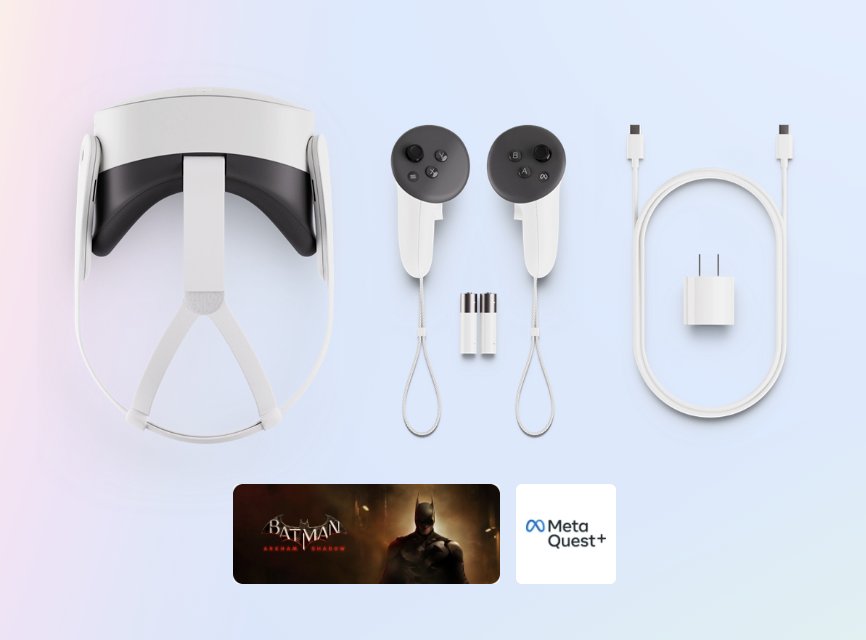Preview: Meta’s Quest 3S Entry-level VR Headset
I didn’t initially believe in VR, but the Quest 3 converted me.

Virtual reality headsets are often dismissed by many and beloved by those who use them. For years, I viewed them as a niche offshoot of gaming, much like one might dismiss fighting games or Japanese RPGs. They didn’t seem to appeal to a broad audience, particularly when companies like Meta promoted clunky three-dimensional social spaces.
However, last year, I tried a Meta Quest 3, and it just clicked. It wasn’t like the tech demos I’d seen before — good for a quick “that’s cool” moment and then easily forgotten. The Quest 3 felt like a fully developed product, with incredibly immersive games like Pistol Whip, Beat Saber, Les Mills Boxing, Superhot, and VR Golf. These aren’t just fun novelties for VR; they’re fantastic games in their own right, and many of them offer great at-home workouts. On an average day, I use VR for at least a half-hour workout, typically doing an “Expert” difficulty Beat Saber session as a cardio warm-up before weight training.
I didn’t initially believe in VR, but the Quest 3 converted me. Now, with the new Quest 3S priced at $300, Meta is aiming to convert many more. Pre-orders are available now, with shipping starting on October 15th.

What’s astonishing is that despite the $200 price drop from the Quest 3’s launch price, the Quest 3S isn’t a vastly different headset. It uses the same controllers, includes hand gesture support, offers full-color passthrough, and runs on the same Qualcomm Snapdragon XR2 Gen chipset.
The primary downgrades are in the most expensive component — the lenses. The Quest 3 features industry-leading pancake lenses, which are bright, colorful, and high-fidelity in a small frame. These lenses are so expensive that four-figure headsets are the only other devices using them. Meta’s ability to include them in the Quest 3 was a testament to economies of scale, but even that couldn’t bring the price down to $299. As a result, the Quest 3S uses more conventional lenses, leading to a lower resolution — 1832 x 1920 pixels per eye, similar to the previous generation Quest 2 — and a bulkier headset. I also expect it to be heavier, with the weight more front-loaded, though we’ll have to wait and see. The Quest 3S also lacks a front-facing depth sensor, which impacts the quality of its augmented reality features.
None of this matters much, though. In the core experiences you’ll use this headset for, such as playing VR games like Beat Saber and the new Batman: Arkham Shadow — included with all new headsets — the differences will be minimal. Sure, the higher fidelity of the Quest 3 would be preferable for watching movies or using virtual monitors, but trust me, as a Quest 3 owner, you won’t want to do those things anyway. Those experiences are still in their infancy and are not particularly enjoyable — I’m happy to stick to my traditional monitor.
So why buy the Quest 3? The Quest 3 remains Meta’s flagship headset, now available only as a $500 512GB version, reduced from its launch price of $650, replacing the previous 128GB version.
For the extra money, you get the full range of augmented reality experiences, a higher resolution, and a more impressive display in a smaller chassis. These features may not matter much to the casual player, but they’re important if you have a large game library and play for many hours a week, as I do.
For everyone else, though, the Quest 3S looks like the best option. It offers 90% of the experience for about 60% of the price, and I’m looking forward to reviewing it.

